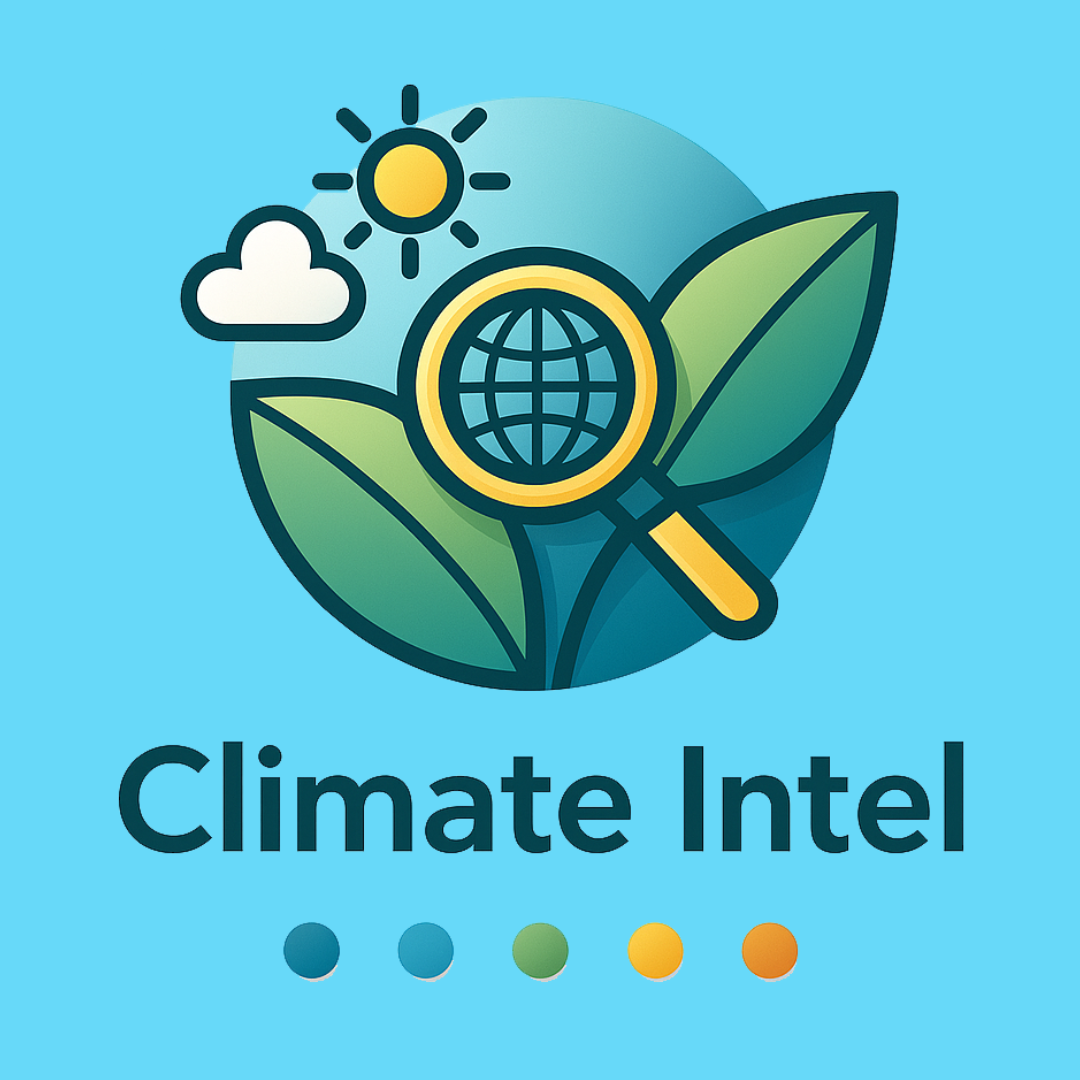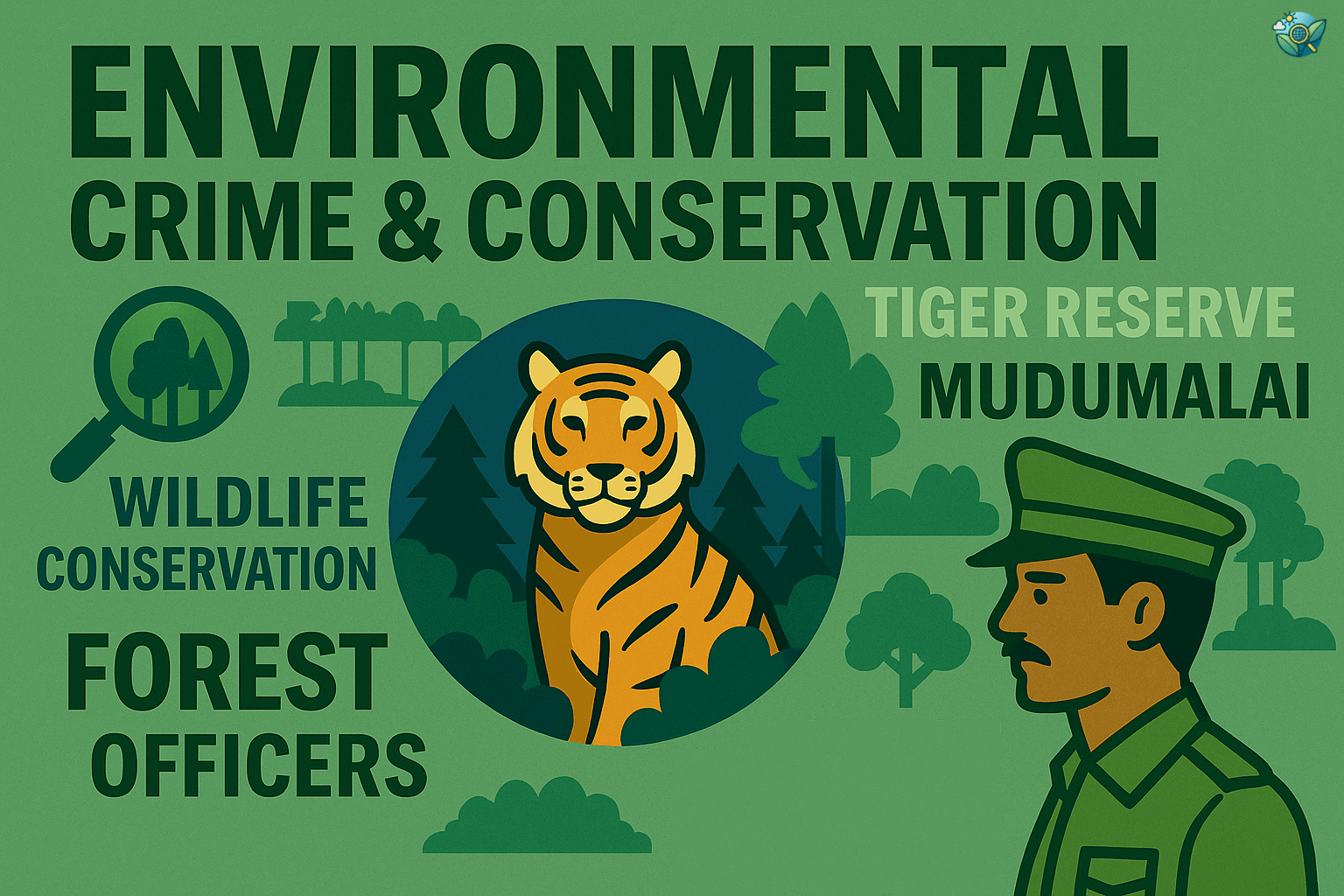From grassroots changemaking to systems thinking, Neeru Chaudhary’s journey offers a masterclass in purpose-driven leadership across NGOs, and the broader climate and development sector.
Read our article on Building Stronger NGOs for Climate Impact to learn more!



